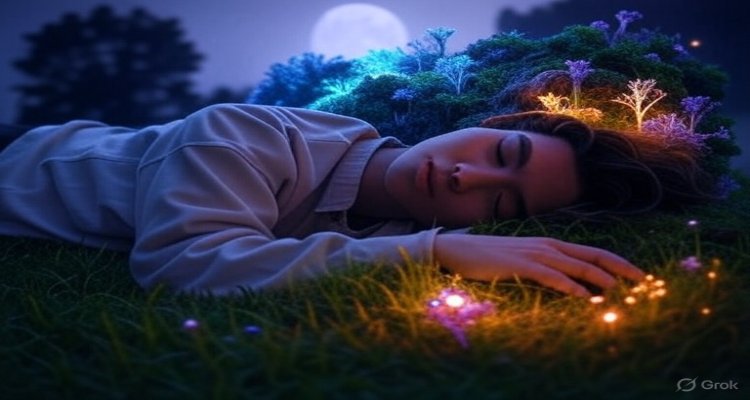When Dreams Are Considered More Real Than Waking Life
Across cultures and neuroscience, dreams are sometimes valued as more real than waking life—blurring the line between imagination, memory, and reality.
Introduction
For most people, dreams are fleeting illusions that vanish with the morning light. But throughout history—and even in today’s scientific debates—dreams have often been treated as more profound, more revealing, and at times more “real” than waking life. From Indigenous traditions that regard dreams as portals to truth, to modern psychology exploring how the brain encodes reality, the line between sleeping and waking has never been as clear as we think.
Context & Background
Human fascination with dreams stretches back millennia. Ancient Egyptians considered dreams messages from the gods, while Greek philosophers like Aristotle questioned whether dreams revealed hidden truths of the soul. In Indigenous cultures such as the Ojibwe and the Māori, dreams were seen as journeys into the spirit world, carrying guidance for decision-making and healing.
Modern science, however, has long dismissed dreams as mere byproducts of brain activity during sleep. The 20th century brought psychoanalysis through Sigmund Freud, who believed dreams disguised unconscious desires, and Carl Jung, who saw them as expressions of universal archetypes. Yet in recent decades, advances in neuroscience have reopened the debate: Are dreams simply random firings, or do they construct an alternate form of reality just as valid as waking experience?
Main Developments
Research in sleep science has revealed startling details about the dream state. Studies using brain imaging show that during REM sleep, the brain’s sensory and emotional centers light up as if the dreamer were fully awake. People often report emotions, sensations, and even physical pain within dreams that feel indistinguishable from real life.
Some dream researchers argue that the brain does not differentiate much between waking experience and vivid dreaming. In fact, neuroscientists at the University of Geneva found that dream memories activate the same regions of the brain as waking memories. This suggests that the mind might store dream experiences with the same weight as lived events.
Meanwhile, cultural and spiritual practices continue to elevate dreams above waking experience. Tibetan Buddhist monks train in dream yoga, a discipline where practitioners use lucid dreaming as a form of enlightenment, blurring the barrier between illusion and reality. Among Amazonian tribes, shamans often rely on dream visions to guide community rituals or predict environmental changes.
Expert Insight & Public Reaction
“Dreams are not just hallucinations,” says Dr. Matthew Walker, neuroscientist and author of Why We Sleep. “They play a critical role in emotional regulation, problem-solving, and even creativity. For many, they are as real—sometimes more real—than waking thought.”
Public interest in dreams has surged with the rise of lucid dreaming communities online, where individuals share experiences of controlling their dream worlds. For some, waking life feels limited compared to the boundless possibilities of dreams. Social media forums reveal a growing fascination with dreams as spaces of freedom, creativity, and even healing from trauma.
Yet, skeptics remain. Many scientists caution against over-romanticizing dreams, emphasizing that while they shape emotions and memory, they should not be mistaken for lived experience. Still, this skepticism has not stopped cultures and individuals from treating dreams with the reverence usually reserved for reality.
Impact & Implications
The implications of valuing dreams as more real than waking life are profound. If dreams can influence memory, creativity, and decision-making, they may hold untapped potential for mental health treatment. Already, therapists are using dream analysis to help patients confront fears or process grief. Lucid dreaming research suggests that people can practice skills, confront anxieties, and even reduce recurring nightmares by consciously engaging with dream worlds.
On a cultural level, treating dreams as reality shapes how communities connect with nature, spirituality, and identity. It also raises questions about consciousness itself: If dreams can feel real, what defines “real” at all? As virtual reality technologies evolve, these questions may only deepen—blurring the boundaries between waking, dreaming, and digital worlds.
Conclusion
From sacred visions to scientific studies, the belief that dreams are more real than waking life continues to thrive across cultures and disciplines. While science may frame them as neurological constructs, dreams remain deeply human—mirroring desires, fears, and truths that waking life sometimes cannot reveal. Whether as spiritual guides, creative engines, or emotional healers, dreams remind us that reality is not always confined to the daylight hours.
Disclaimer :This article is for informational purposes only and does not substitute for medical, psychological, or cultural advice. Always consult professionals for health or spiritual guidance.











